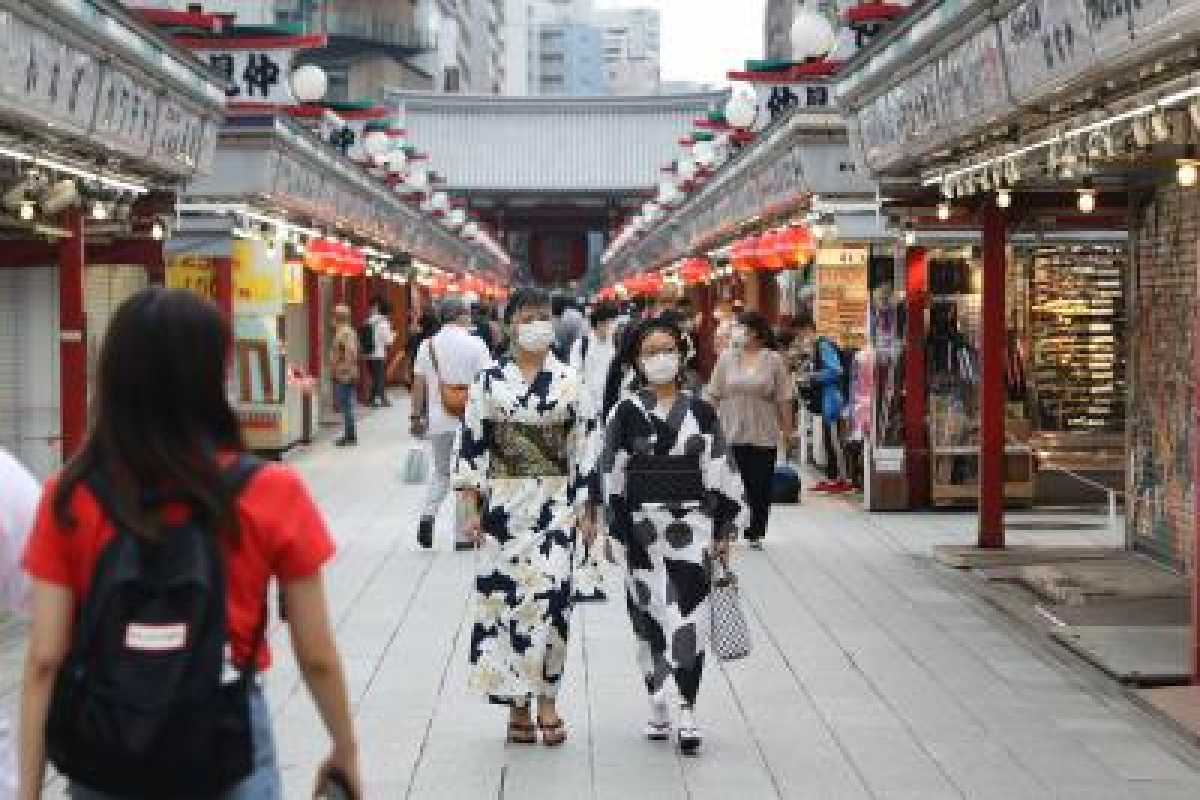Japan reopened its borders to some international travelers for the first time in two years on Friday, as it continues to take steps to boost inbound tourism to support the economy as concerns about the Covid-19 outbreak fade.
According to the Xinhua news agency, the government originally opened its borders to tourists on guided tours from 98 nations and territories, with the countries and locations judged appropriate due to their low risk of Covid-19.
Advertisement
The United States, the United Kingdom, China, South Korea, Indonesia, and Thailand are examples of such countries.
This group of foreign tourists is exempt from Covid-19 testing upon arrival in Japan and does not require any quarantine.
This is true even if the traveler has not been immunized against the virus.
The maximum number of foreign visitors allowed into the country each day is 20,000.
The administration indicated at the end of June that it expects full-scale tourism to resume, while it is concerned about an increase in diseases as more international visitors come.
According to the government, the expected number of foreign visitors visiting Japan in April was 139,500, down 95.2 percent from the same month last year.
Japan’s strict border controls have been heavily criticized by educational institutions and business lobbies as being unnecessarily draconian. In a shift of pace, Japan is now looking to bring its border protocols in line with other G7 major nations.
Business leaders have called on the government to gradually reopen to inbound tourists to help revive the pandemic-hit economy, and Prime Minister Fumio Kishida has given assurances that Japan will ease border controls “in stages” to bring them on par with other G7 nations.
(with inputs from IANS)











